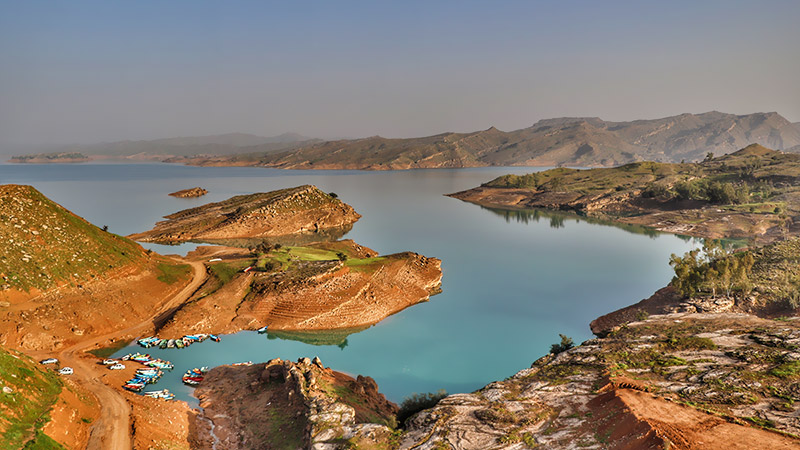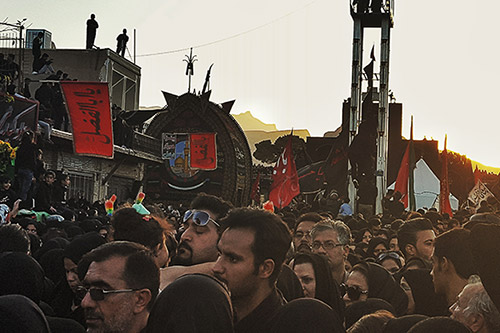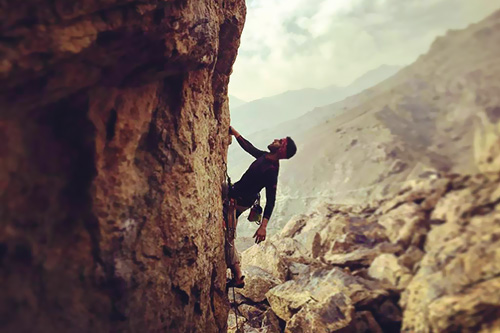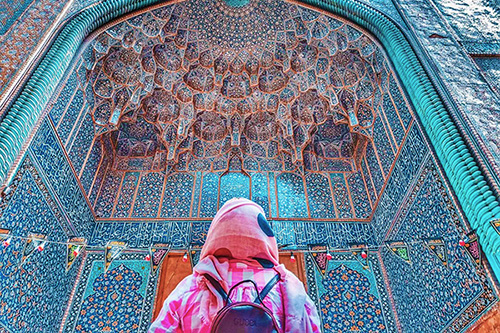 Signin with Google
Signin with Google Signin with Facebook
Signin with Facebook
 About Iran,Before Traveling
About Iran,Before TravelingIran's Climate and Average Weather

Most people think about Iran for its dry and hot deserts. Yet, this is far from being the full picture, and a closer look reveals that Iran's climate is way more diverse and also, sometimes, extreme. Iran is a true four-season country, with warm summers and cold winters. There are important variations in weather according to both the season and the location, as Iran is a vast country. Temperatures differences can reach up to 50 degrees Celsius in winter.
From arid to cold climate
The country is divided into three major climate areas: most of Iran has an arid and semi-arid climate. Along the Caspian Sea, in the north, the weather shares the characteristics of a Mediterranean climate, while the mountain area has a cold dry climate. The hottest months take place during summer while the coldest happen in winter. The largest amount of rainfall falls between November and March, mostly in the north of the Alborz Mountains and alongside the Caspian Sea.
Mountains, deserts, and seas
As a land of contrasts and extremes, Iran possesses rich natural features. Half of the country is covered with mountains, as there are two major ranges, the Zagros and Alborz Mountains, on the Iranian plateau. Many peaks stay covered with snow until the end of spring, making it a perfect destination for skiing.
Besides the mountains, Iran has two major seas, the Caspian Sea and the Persian Gulf, along with several deserts which cover one-fourth of the country.
That's why, regardless of the seasons, some regions can be colder or warmer than the others, all year long. The south and east of the country are mostly semi-desert lands, and thus, offer sunny weather. Temperature can get very hot in summer, while rainfalls are quite rare, well below 300 mm per year. No wonder it's on the UNESCO-listed desert of Lut that the highest temperature on earth has been recorded.
In the northwest, on the other hand, temperatures can get very cold in winter, reaching easily -10° Celsius, along with heavy snowfalls. In a really extreme episode, the lowest temperature ever recorded in Iran occurred in 1969, in the city of Saqqez, in Kurdistan, at -36° Celsius. Because of these extreme climate conditions, Iran sometimes experiences floods, avalanches, blowing snow, and other major natural events.
Various climates, different experiences
This variety of climate has given birth to an extensive flora and fauna, with endemic species and migrating birds choosing Iran as their refuge over some months of the year. It's a true chance for biodiversity and also an opportunity for visitors to experience the country from a different perspective: Iran offers a large range of natural sightseeing all year long.
If most visitors come in spring to appreciate the warm weather on almost all of Iran's territory, each season has different beauties to offer. The north, which can be rather cold in winter, is, for instance, a popular destination for summer. Indeed, while most of the country is under the heat, the narrow strip along the Caspian Sea benefits from mild and cool weather.
That's why, while planning your trip, be sure to check our article about the best time to visit Iran, to find the perfect moment to visit the places you're looking for.



